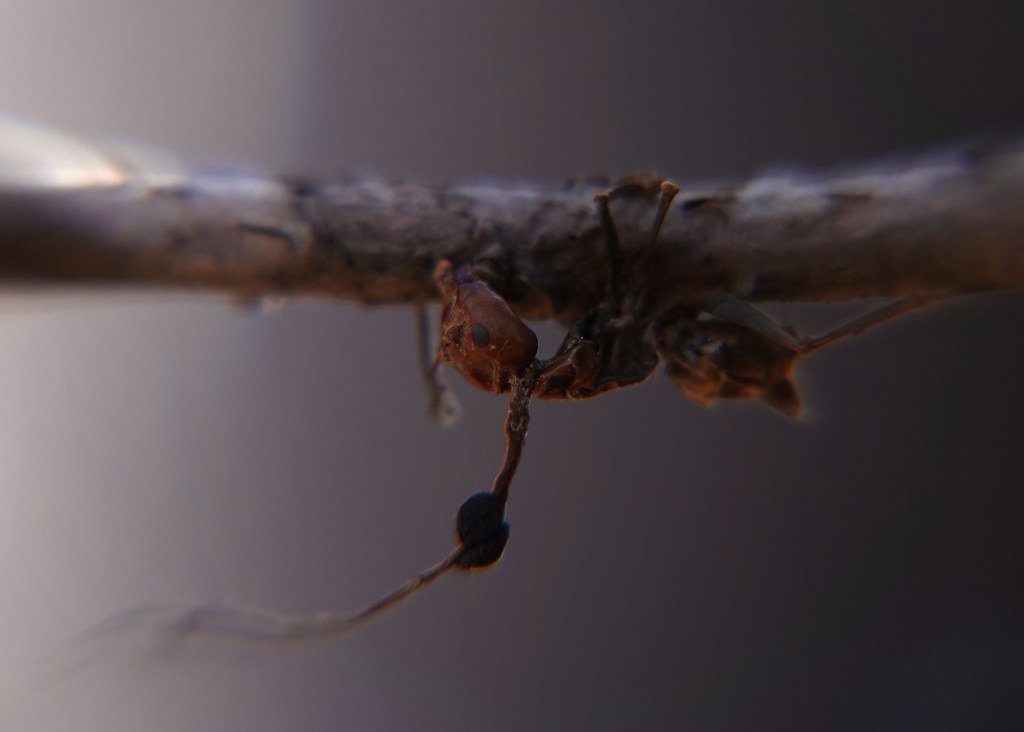In the intricate tapestry of nature, fungi often play a role that goes unnoticed, yet their influence can be profound. Among the myriad of interactions in the natural world, the relationship between ants, plants, and fungi is a fascinating example of the complexity of ecosystems. Imagine a shepherd guiding its flock; similarly, certain fungi act as unseen directors, orchestrating the interactions between ants and plants. This dynamic is not merely a curiosity but an essential component of ecological balance and biodiversity.
The Symbiotic Dance of Nature
In the natural world, symbiosis is a dance of cooperation and mutual benefit. Ants and plants have long been known to engage in such relationships, with ants providing protection to plants in exchange for nectar. However, the presence of fungi adds an unexpected twist to this relationship. Acting as intermediaries, fungi influence the behavior of ants and the health of plants. This three-way interaction highlights the interconnectedness of species and the delicate balance maintained in ecosystems.
A Closer Look at Mycorrhizal Fungi
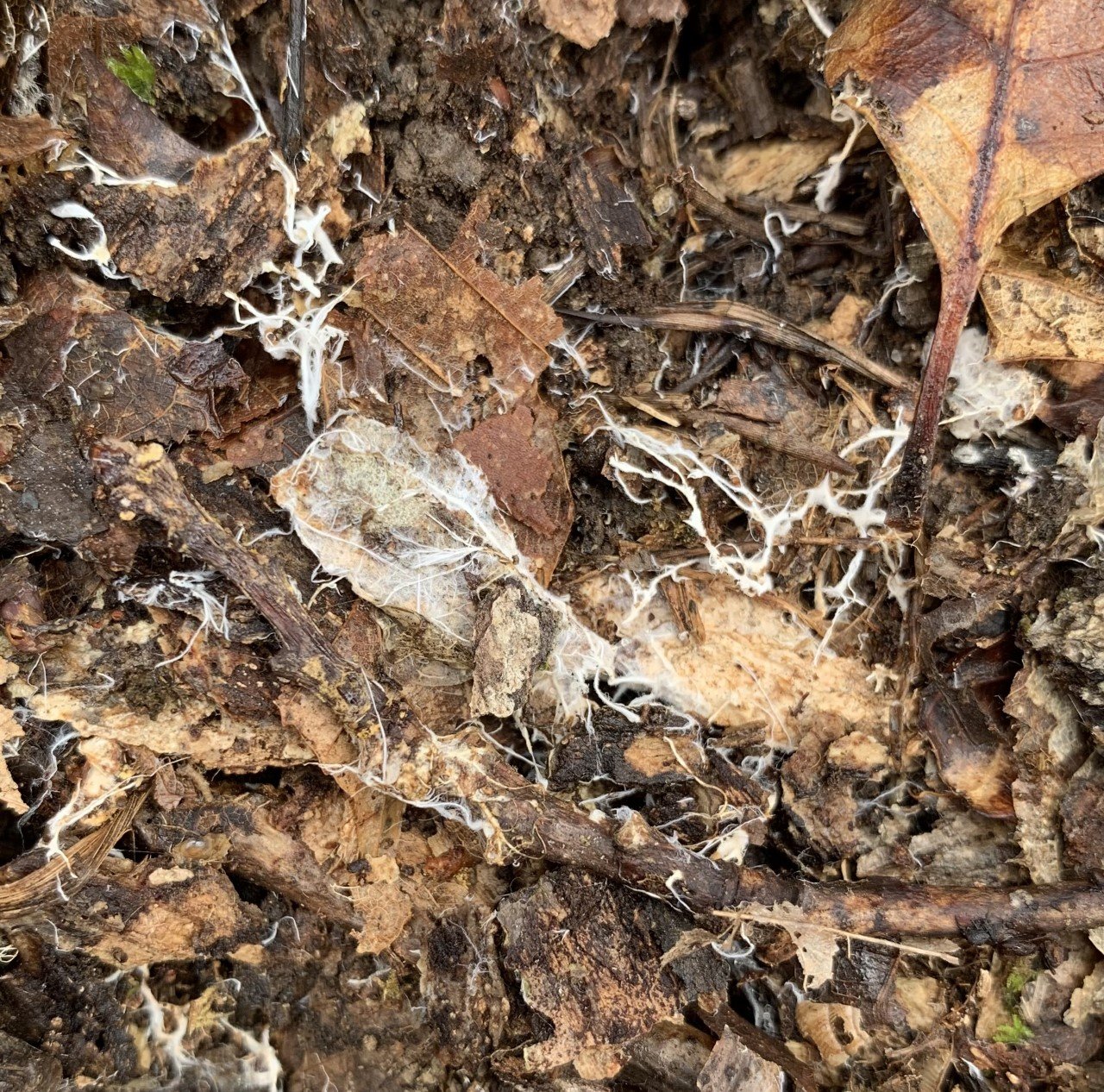
Mycorrhizal fungi are a group of fungi that form symbiotic associations with plant roots. These fungi extend the root system of the plant, increasing its ability to absorb water and nutrients. In return, the plant provides the fungi with carbohydrates produced during photosynthesis. This relationship not only benefits the plant but also enhances soil health and promotes biodiversity. The presence of mycorrhizal fungi can influence the behavior of ants by affecting the chemical composition of the plant, making it more or less attractive to them.
Ants: The Protectors and Gardeners
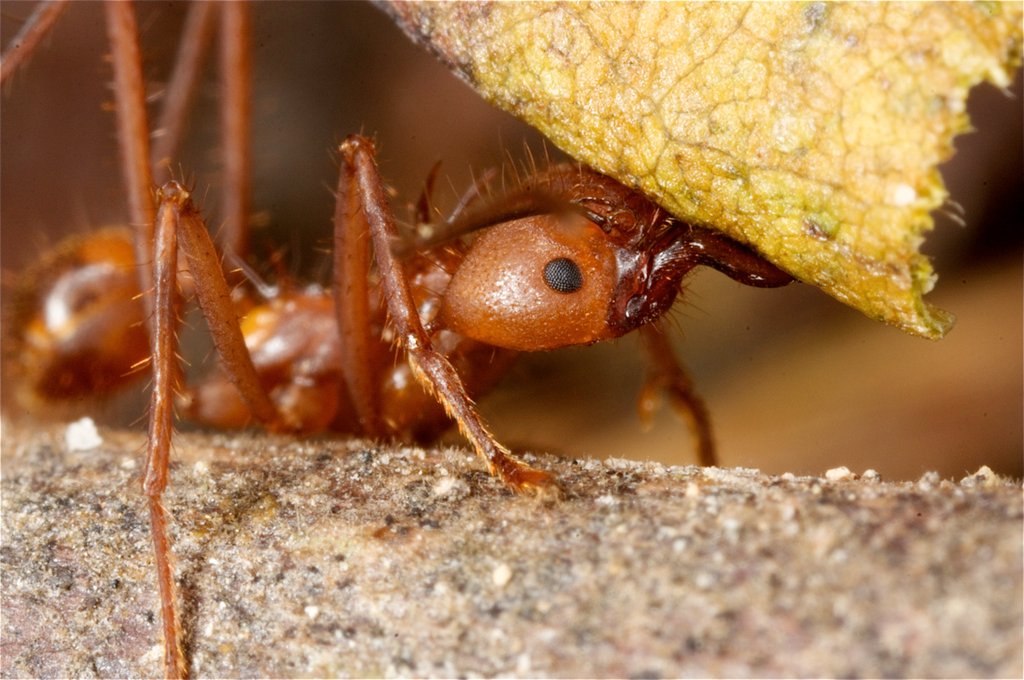
Ants are often seen as the gardeners of the ecosystem, tending to plants and protecting them from herbivores and pests. In exchange for their services, plants offer ants a variety of rewards, such as nectar and shelter. This mutualistic relationship is further enhanced by the presence of fungi, which can alter the plant’s chemical signals, making it more appealing to ants. In this way, fungi act as facilitators, ensuring that both ants and plants benefit from their interactions.
The Role of Fungi in Chemical Communication
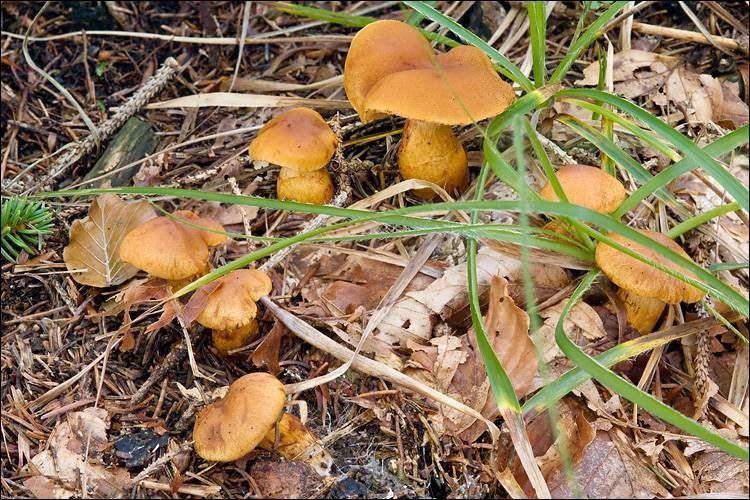
Fungi have the remarkable ability to influence the chemical signals exchanged between ants and plants. By altering the composition of plant exudates, fungi can attract or repel ants, thereby controlling their behavior. This chemical communication is crucial for maintaining the balance between plants and ants, ensuring that neither species dominates the other. The fungi act as conductors, orchestrating a symphony of interactions that promote harmony in the ecosystem.
Case Study: The Leafcutter Ants
Leafcutter ants are a prime example of the intricate relationship between ants, plants, and fungi. These ants are known for cutting leaves and using them to cultivate fungal gardens. The fungi, in turn, provide the ants with a nutrient-rich food source. This relationship is a perfect illustration of mutualism, where each species benefits from the other’s presence. The fungi not only nourish the ants but also influence the plants by breaking down leaf material, enriching the soil, and promoting plant growth.
The Impact of Environmental Changes
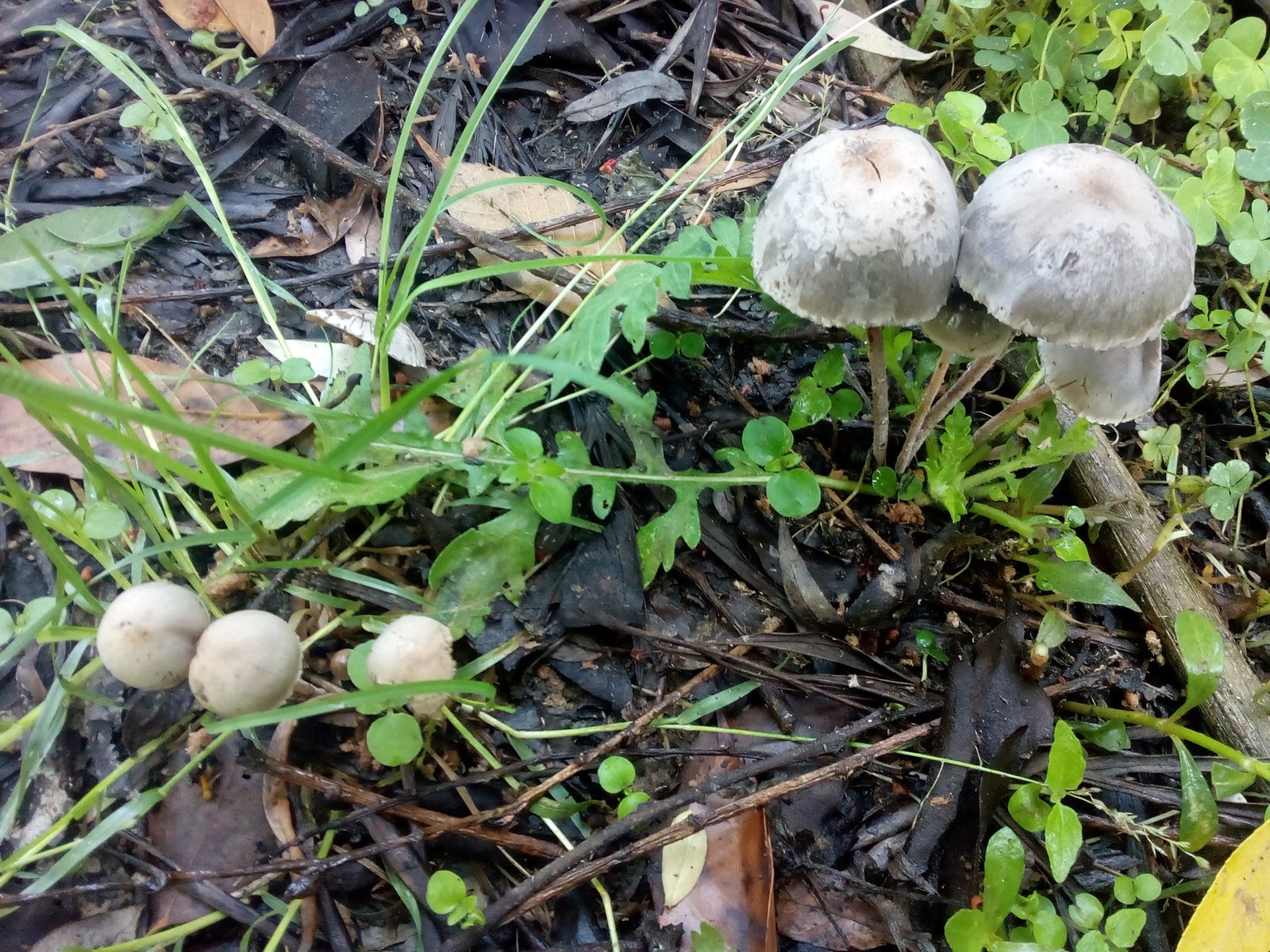
Environmental changes, such as climate change and habitat destruction, can disrupt the delicate balance between ants, plants, and fungi. As temperatures rise and habitats shrink, the relationships between these species may be altered, leading to unforeseen consequences. The loss of fungi due to environmental stressors can weaken plant health and disrupt ant behavior, ultimately impacting the entire ecosystem. Understanding the role of fungi in these interactions is crucial for developing conservation strategies to protect biodiversity.
Benefits for Agriculture and Ecosystem Services
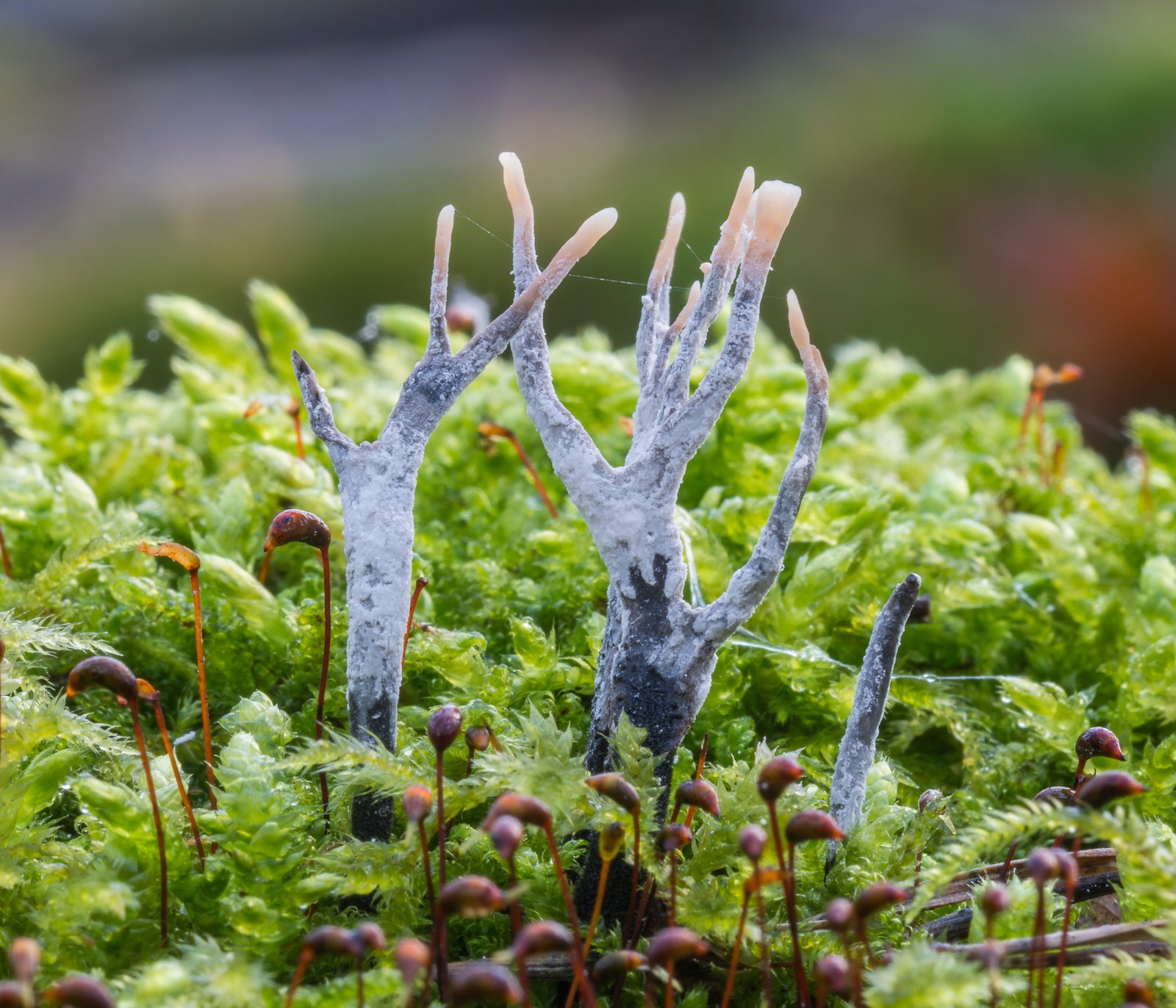
The insights gained from studying the interactions between fungi, ants, and plants have significant implications for agriculture and ecosystem services. By harnessing the power of fungi, farmers can improve soil health, enhance crop resilience, and reduce the need for chemical fertilizers. Additionally, promoting the presence of beneficial ants can aid in pest control, reducing the reliance on pesticides. These natural solutions not only benefit the environment but also contribute to sustainable agricultural practices.
Implications for Biodiversity Conservation
The intricate relationships between fungi, ants, and plants underscore the importance of biodiversity conservation. Protecting these interactions is essential for maintaining ecosystem health and resilience. By preserving natural habitats and promoting the diversity of fungi, ants, and plants, we can ensure the continued functioning of ecosystems. Conservation efforts that focus on these relationships can help mitigate the impacts of environmental changes and support the sustainability of our planet’s natural resources.
Future Research Directions
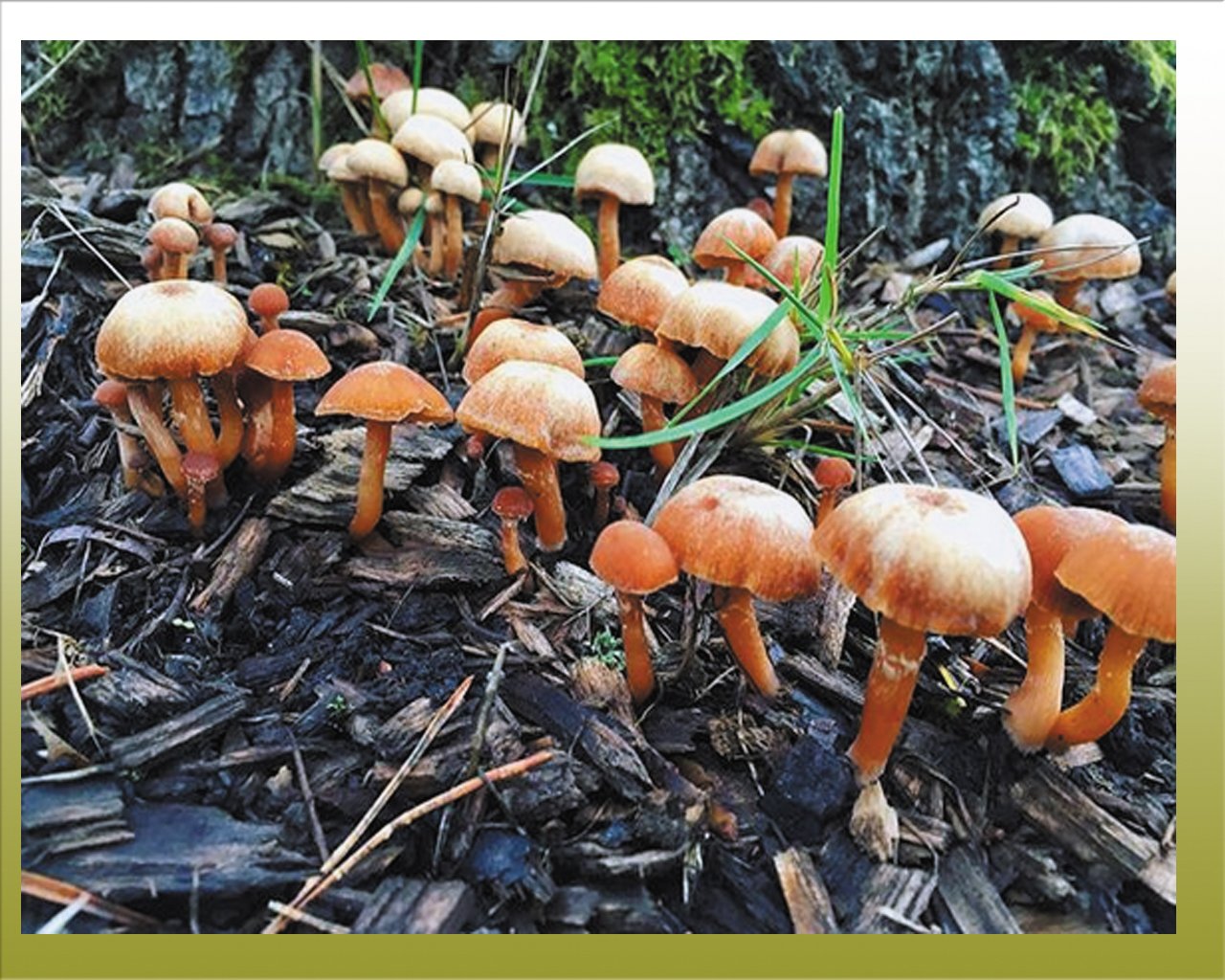
The study of fungi, ants, and plants is an exciting field with many avenues for future research. Scientists are exploring the genetic and molecular mechanisms underlying these interactions, seeking to unravel the complexities of chemical communication and symbiosis. Further research into the ecological roles of fungi can provide valuable insights into ecosystem functioning and resilience. By deepening our understanding of these relationships, we can develop innovative strategies for conservation and sustainable land management.
Final Thoughts
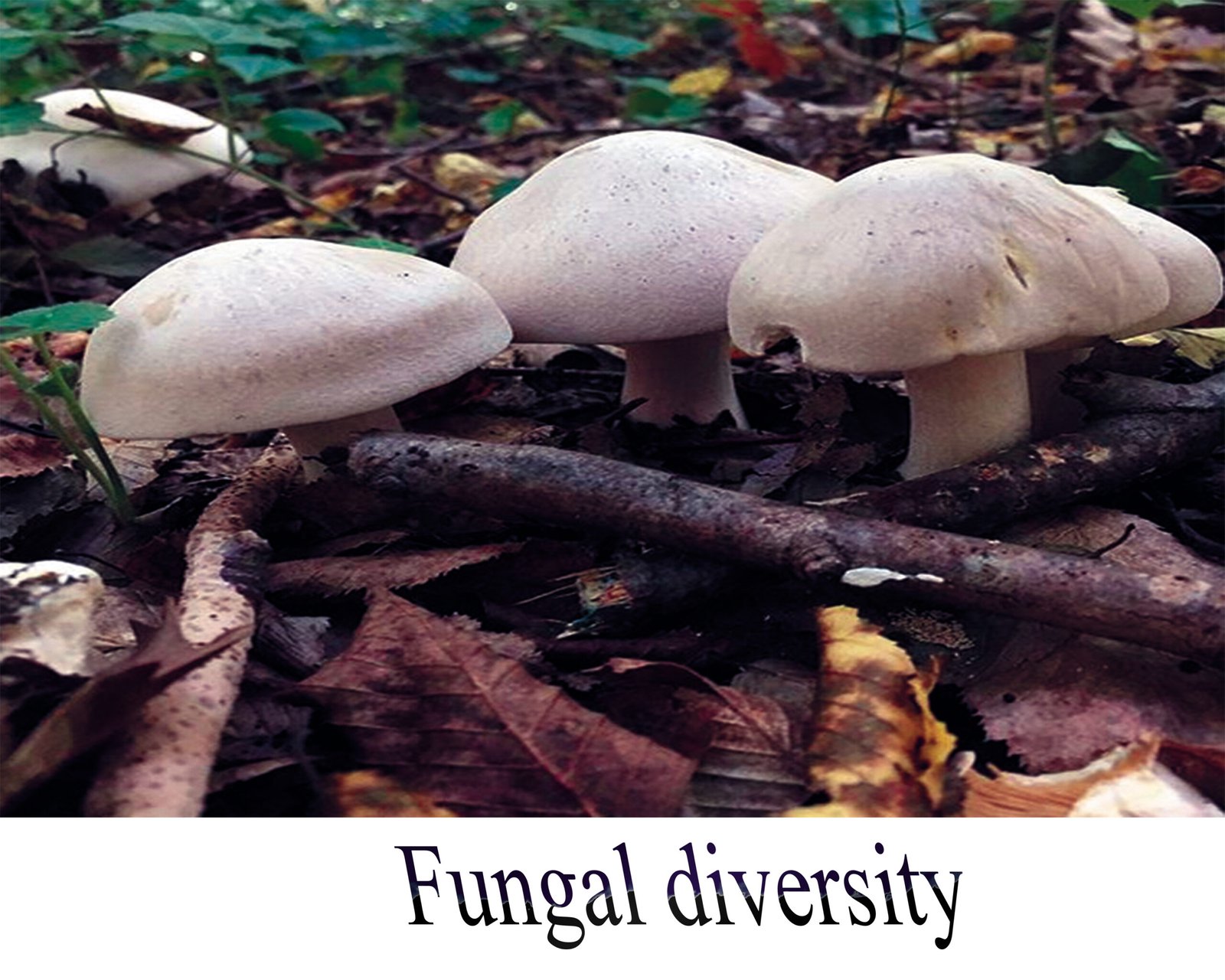
The fungi that act like shepherds, guiding the interactions between ants and plants, reveal the intricate web of life that sustains our planet. These relationships highlight the importance of cooperation and balance in nature, reminding us of the interconnectedness of all living things. As we continue to explore the mysteries of the natural world, we must strive to protect and preserve these vital interactions, ensuring a healthy and vibrant future for generations to come.

